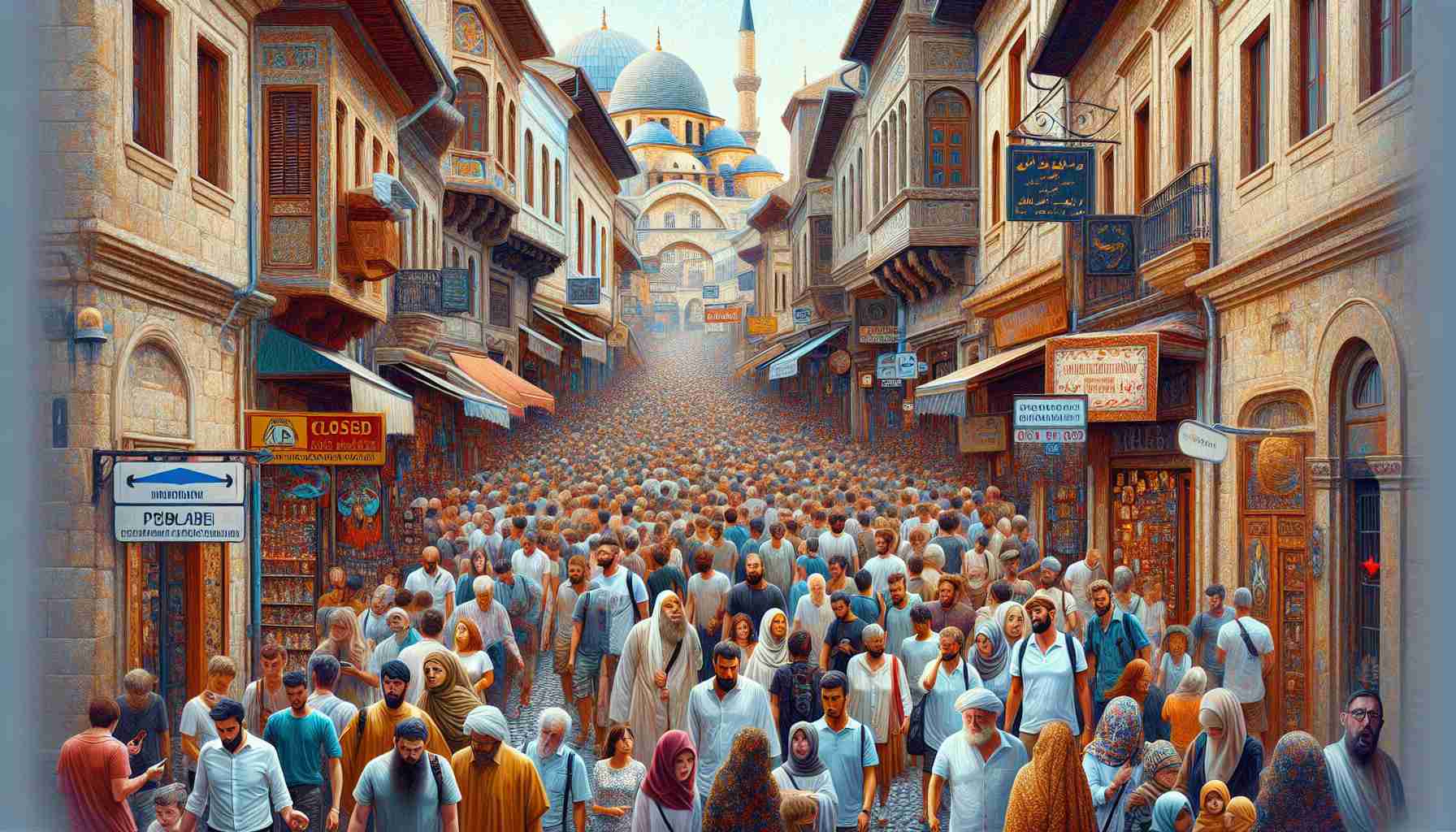
Concerns are growing about the impact of tourism on historic neighborhoods, with issues such as overcrowding and pollution coming to the forefront. In cities like Lisbon, the influx of visitors from cruise ships has led to a surge in pressure on local infrastructure and environment.
Recent discussions have emphasized the need for regulations on tourism to preserve the authenticity of these neighborhoods. Leaders are calling for limits on the expansion of hotels and local accommodations to safeguard the residential spaces for the local population.
In exploring the effects of the rapid growth in tourism, it has become evident that the housing market is being significantly influenced. The construction boom, often catering to tourists and luxury markets, has resulted in a shortage of affordable housing for residents.
Critics have pointed fingers at city officials for prioritizing tourism infrastructure over the needs of the local community. The pace at which new hotels are being developed has sparked concerns that the balance between tourism and residential requirements is tilting dangerously.
It is clear that a sustainable approach to tourism development is essential to protect the cultural heritage and living conditions of these historical districts. By implementing thoughtful regulations and prioritizing the needs of residents, cities can strike a balance that benefits both tourists and locals alike.
The Challenges and Controversies Faced by Historical Districts Amid Rising Tourism
As the tide of tourists continues to flood historical districts around the world, a host of challenges and controversies have emerged, raising pertinent questions about the sustainability and preservation of these cherished neighborhoods.
Key Questions:
1. How can historical districts strike a balance between welcoming tourists and preserving their authenticity?
2. What are the long-term effects of excessive tourism on the housing market and local population?
3. What role should city officials play in regulating tourism to protect the interests of residents and historical heritage?
New Insights and Challenges:
Amidst the escalating tourism trends, another critical issue facing historical districts is the erosion of community identity. The influx of tourists can sometimes overshadow the local way of life, leading to a loss of cultural authenticity and heritage.
One major challenge that has surfaced is the strain on infrastructure, including utilities and public services, due to the high volume of visitors. This puts additional pressure on local governments to ensure that the needs of both tourists and residents are met adequately.
Moreover, the debate around the commercialization of historical neighborhoods has sparked controversies regarding the rampant development of hotels and tourist accommodations at the expense of affordable housing for locals. This disparity in housing availability has ignited tensions between the tourism industry and the residential community.
Advantages and Disadvantages:
On one hand, the increased tourism brings economic benefits, such as job creation and revenue generation for businesses in historical districts. It also enhances global visibility and promotes cultural exchange. However, the flip side includes issues of overcrowding, environmental degradation, and the commodification of cultural heritage, which can threaten the very essence of these neighborhoods.
While historical districts can leverage tourism to boost their economies, it is imperative to strike a delicate balance to protect their integrity and ensure the well-being of residents. Sustainable tourism practices, along with community involvement in decision-making processes, are crucial for mitigating the negative impacts of excessive tourism.
Suggested Related Links:
1. UNESCO World Heritage Centre
2. National Geographic Travel Section



